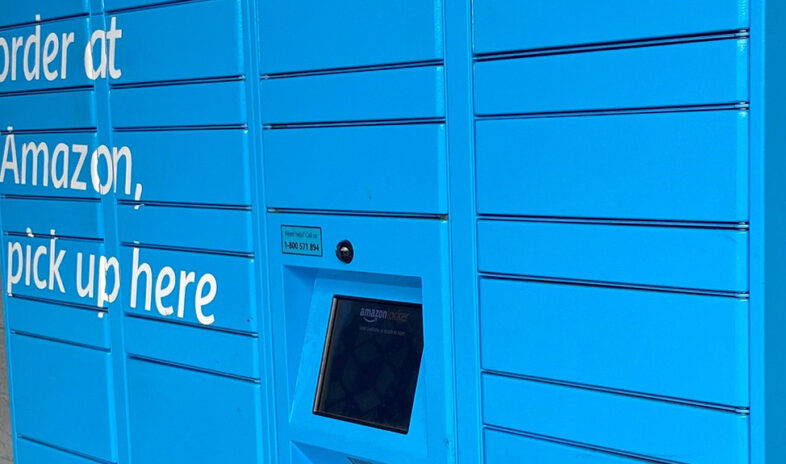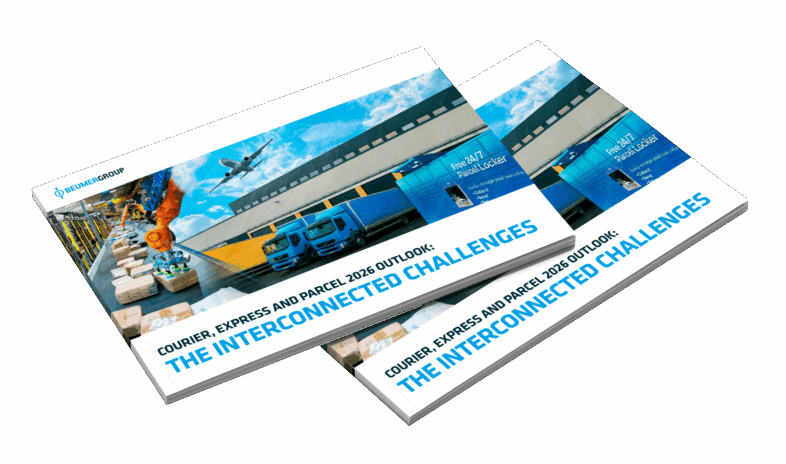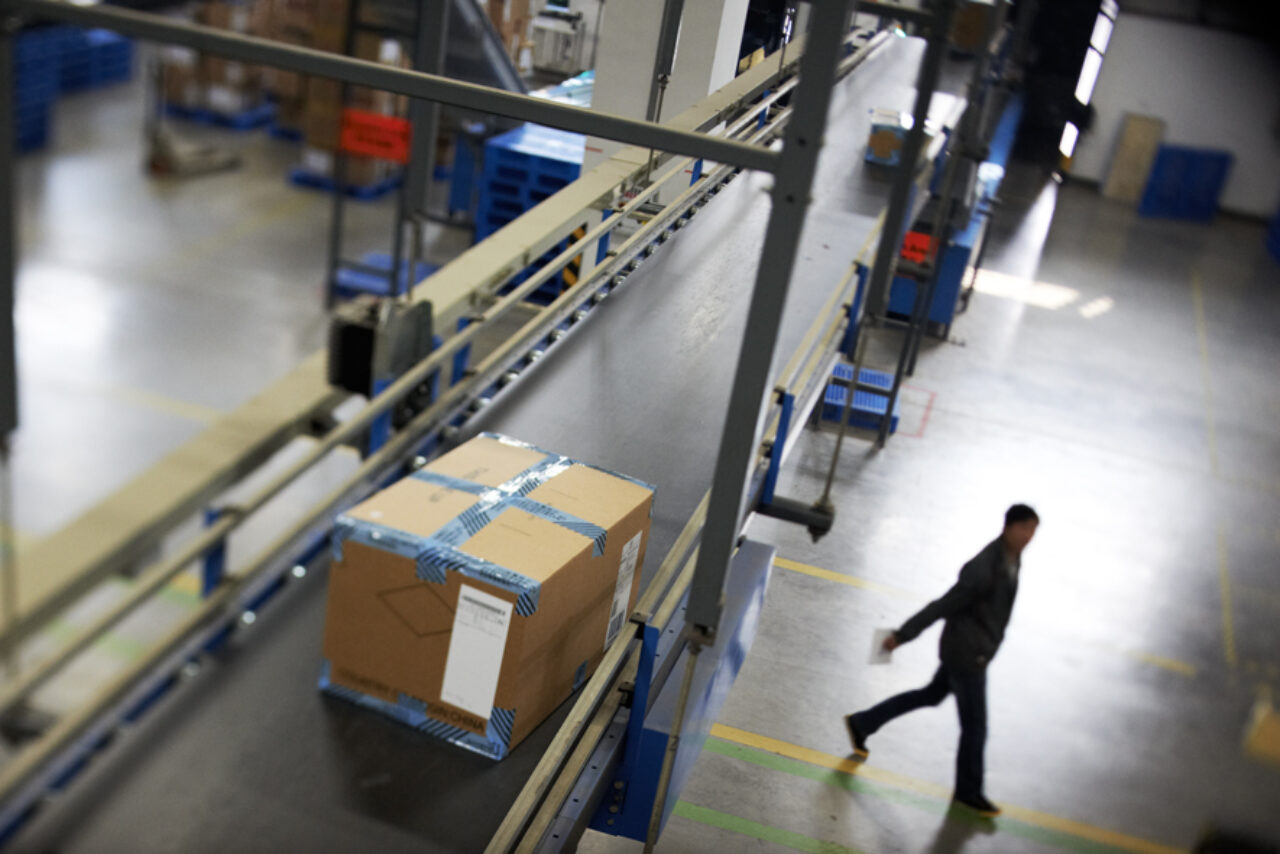By Jonas Tersteegen and Gregor Baumeister
This decision is not a straightforward one and requires careful consideration of various factors.
We explore the advantages and disadvantages of both solutions and the key considerations your logistics department should take into account when deciding on an outsourcing strategy or investing in your own system.
Benefits of an efficient material handling system
A material handling system will provide numerous benefits to your fulfilment centre, if designed well to meet your business needs. An effective material handling system should enable your fulfilment centre to have the necessary stock in smaller spaces where possible, reduce time spent on internal operations, reduce operational costs and optimise the overall flow of goods in its facility.
But the question is, should you invest in your own system for your material handling or find a third-party logistics (3PL) solution?
The answer depends on your financial, business and logistics requirements. These can influence your decision in choosing between using a 3PL or investing in your own material handling system.
There are pros and cons to both approaches to your material handling. We take a look at each.
Using a 3PL provider: The pros and cons
There are pros and cons to deploying a 3PL provider for your material handling fulfilment.
Advantages of using a 3PL provider
If logistics is not your business’ strong point, you will ultimately save costs by entrusting it to an external expert.
Using a 3PL provider will:
- Give you greater access to specialised expertise
- Enable your business to scale and be more flexible in accordance with its growth and changing capacities
- Involve significantly less initial capital investment
Essentially, there are three scenarios where outsourcing your logistics makes sense (although they are all interlinked):
- If your company is looking for a flexible solution – you could be in the start-up phase, for example – you will need to devote your attention to other business matters. Employing an external expert will not only lower the barrier to having your logistics taken care of but will be able to scale more cost-effectively than you can.
- If your company wants to expand its logistics infrastructure but does not have the requisite finance.
- If your company operates in an environment in which sourcing staff is difficult, a 3PL provider will be contractually obliged to have sufficient staff to fulfil your orders and will manage the sourcing of qualified resources.
In addition, a 3PL provider that manages both the fulfilment and distribution part of your operations may be advantageous because it can control supply from fulfilment and distribution all the way to the last mile.






